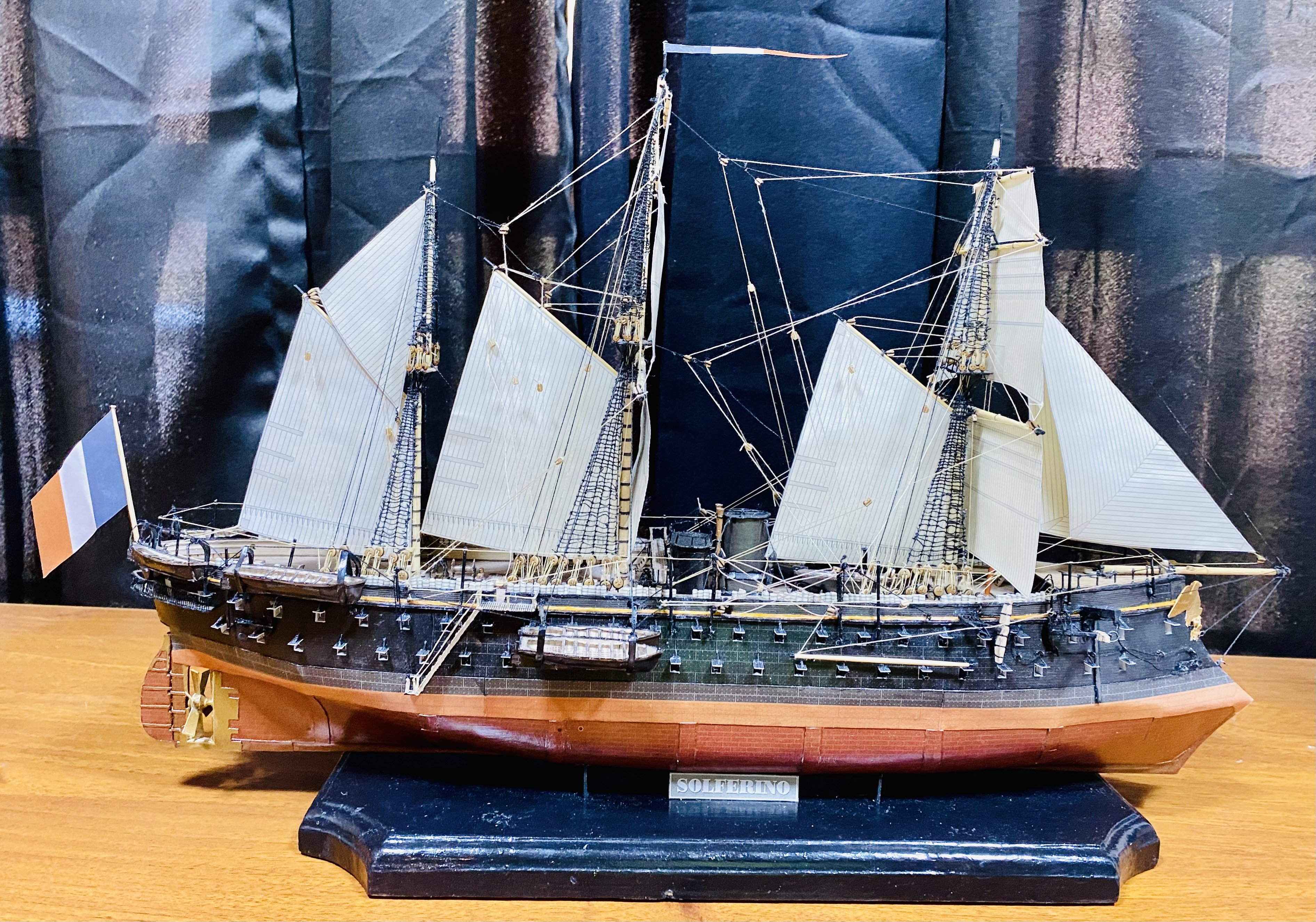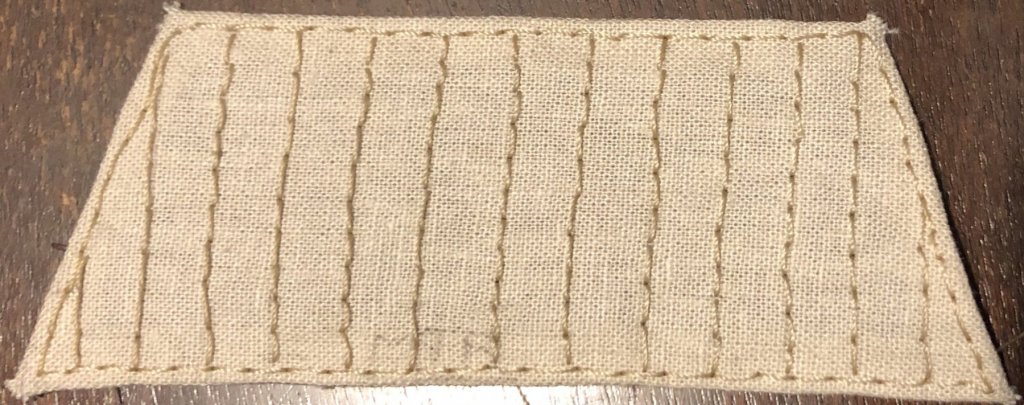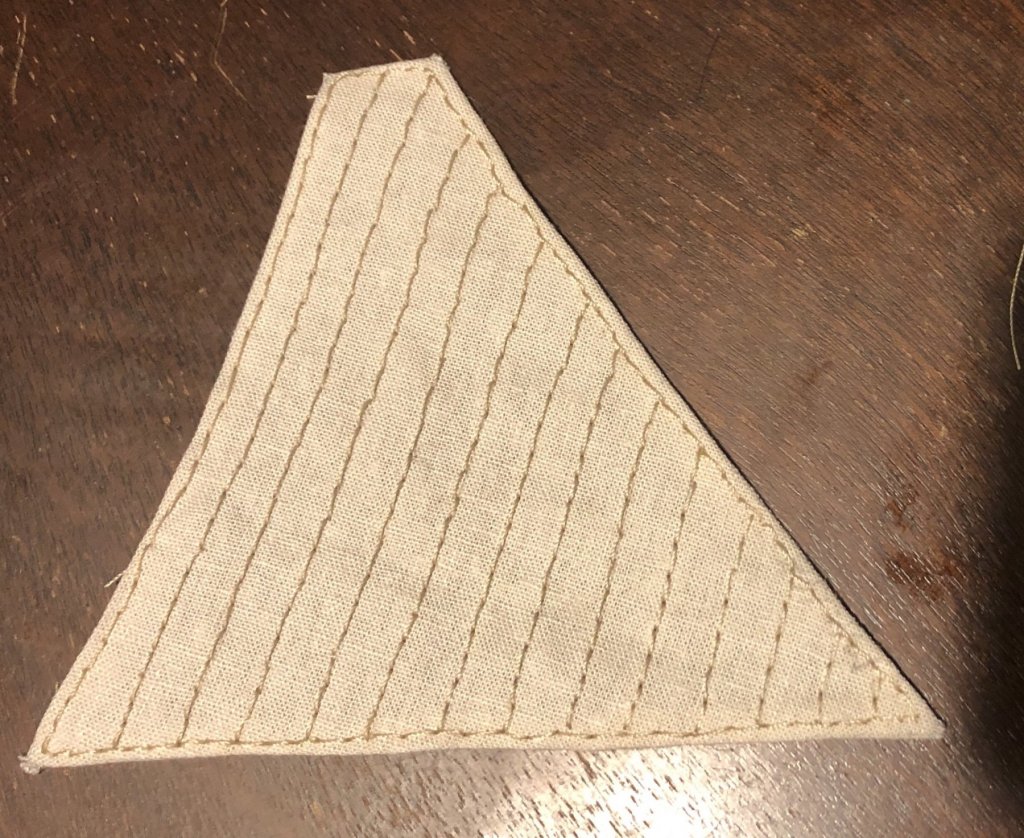
GrandpaPhil
NRG Member-
Posts
6,079 -
Joined
-
Last visited
Content Type
Profiles
Forums
Gallery
Events
Everything posted by GrandpaPhil
-
MONTAÑES by Amalio
GrandpaPhil replied to Amalio's topic in - Build logs for subjects built 1751 - 1800
Impressive! -
MONTAÑES by Amalio
GrandpaPhil replied to Amalio's topic in - Build logs for subjects built 1751 - 1800
Impressive! -
That’s looking awesome, how’d it turn out?
- 12 replies
-
- artesania latina
- Virginia
-
(and 1 more)
Tagged with:
-
Nice work on the model, it’s looking good.
- 337 replies
-
- finished
- mountfleet models
-
(and 1 more)
Tagged with:
-
Has anyone ever bought directly from Euromodel before and had stuff shipped to the US? If so, was the shipping reasonable and reasonably quick? I would like to buy a set of plans from them (Ajax), but I was wondering at other people’s experiences with them. I always do research before buying from a new vendor.
-
- 355 replies
-
- prince de neufchatel
- schooner
-
(and 3 more)
Tagged with:
-
I started the Main Top Royal. It’ll be done in the near future.
- 355 replies
-
- prince de neufchatel
- schooner
-
(and 3 more)
Tagged with:
-
- 355 replies
-
- prince de neufchatel
- schooner
-
(and 3 more)
Tagged with:
-
It’s looking good! Keep at it! I started an Artesiana Latina Bluenose II when I was a kid. I got it planked and painted and generally to the point where I had a basic hull. All I had left was to fit it out, make the masts, and rig it. I wish I still had it. Once you get to that point, the hard part’s done.
- 389 replies
-
- bluenose
- model shipways
-
(and 1 more)
Tagged with:
About us
Modelshipworld - Advancing Ship Modeling through Research
SSL Secured
Your security is important for us so this Website is SSL-Secured
NRG Mailing Address
Nautical Research Guild
237 South Lincoln Street
Westmont IL, 60559-1917
Model Ship World ® and the MSW logo are Registered Trademarks, and belong to the Nautical Research Guild (United States Patent and Trademark Office: No. 6,929,264 & No. 6,929,274, registered Dec. 20, 2022)
Helpful Links
About the NRG
If you enjoy building ship models that are historically accurate as well as beautiful, then The Nautical Research Guild (NRG) is just right for you.
The Guild is a non-profit educational organization whose mission is to “Advance Ship Modeling Through Research”. We provide support to our members in their efforts to raise the quality of their model ships.
The Nautical Research Guild has published our world-renowned quarterly magazine, The Nautical Research Journal, since 1955. The pages of the Journal are full of articles by accomplished ship modelers who show you how they create those exquisite details on their models, and by maritime historians who show you the correct details to build. The Journal is available in both print and digital editions. Go to the NRG web site (www.thenrg.org) to download a complimentary digital copy of the Journal. The NRG also publishes plan sets, books and compilations of back issues of the Journal and the former Ships in Scale and Model Ship Builder magazines.



